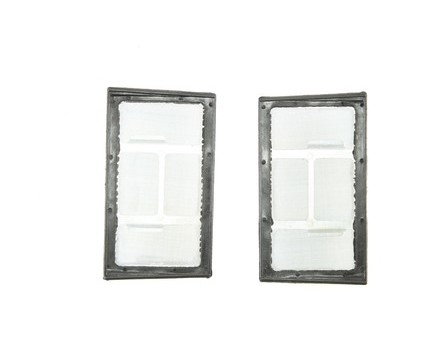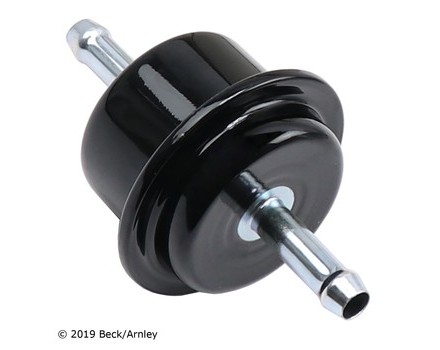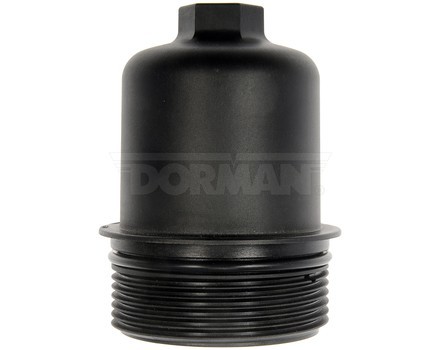Filters
Filter Options
Important: To get started, click the blue "Filter Options" button to select your vehicle and then use the filters to narrow your options.
Important: To get started, select your vehicle on the left and then use the filters to narrow your options.
What is a transmission filter?
A transmission filter is a component of the transmission system in an automobile. Its purpose is to filter out any debris or contaminants from the transmission fluid, allowing it to flow freely throughout the system.
How do I know if my transmission filter is faulty?
If your transmission filter is faulty, it may cause your car to experience a variety of issues such as poor performance, delayed shifting, and increased fuel consumption. Additionally, if you notice that the transmission fluid is dirty or has debris in it, it is likely an indication that the filter is clogged and needs to be replaced.
Can a faulty transmission filter cause damage to my vehicle?
Yes, a faulty transmission filter can cause damage to your vehicle. If left unaddressed, it can cause the transmission to overheat due to the lack of clean fluid, which can lead to costly repairs.
How do I replace my transmission filter?
Replacing a transmission filter is a fairly simple process that can be done with basic tools. Here are the steps to follow:
- Drain the transmission fluid.
- Disconnect and remove the old filter.
- Install the new filter and reconnect it.
- Refill the transmission fluid.
- Test drive the vehicle to ensure proper functioning.
How often should I inspect my transmission filter?
It is recommended that you inspect your transmission filter at least every 12,000 miles or 12 months, whichever comes first. Additionally, you should inspect it any time that you are servicing your transmission.



